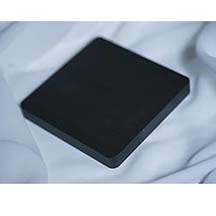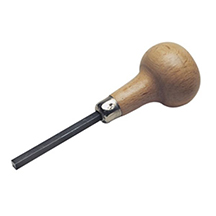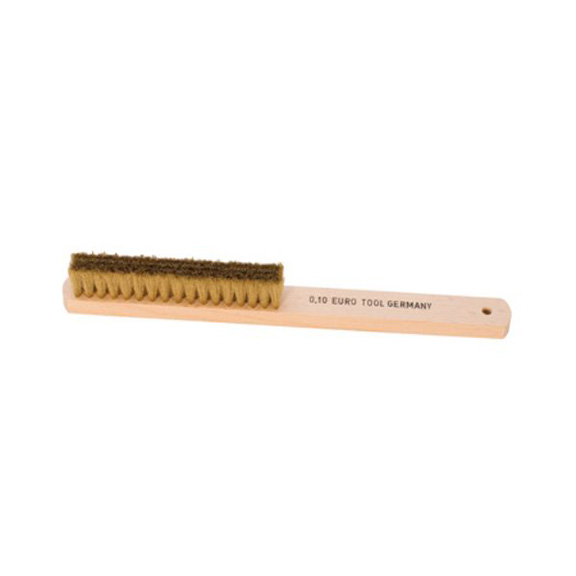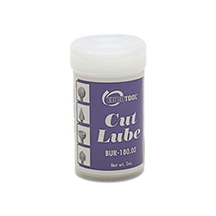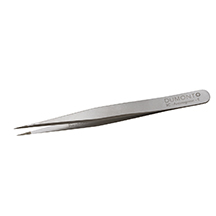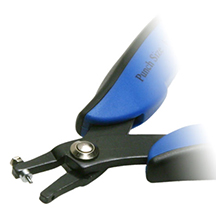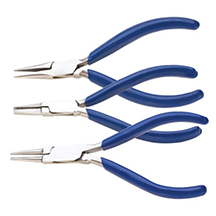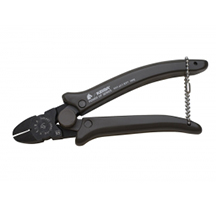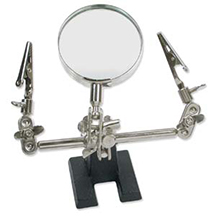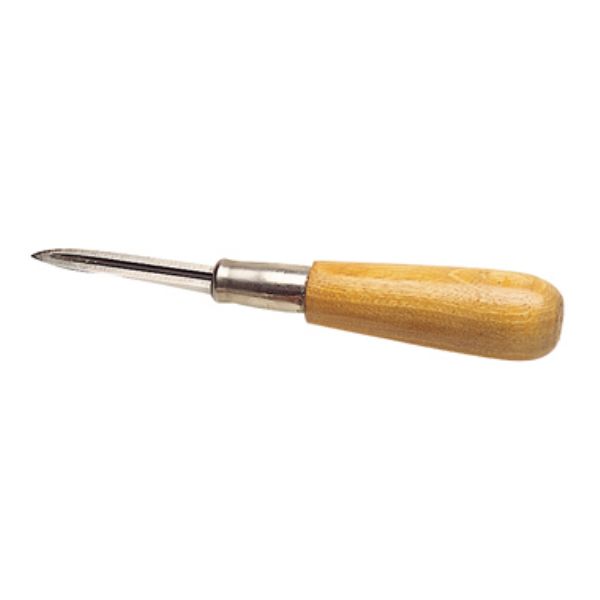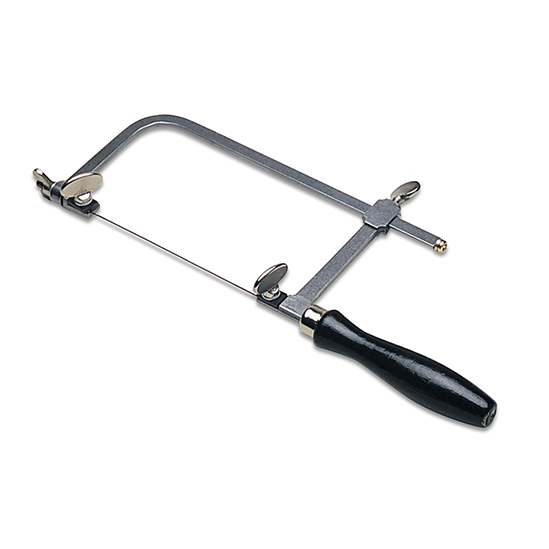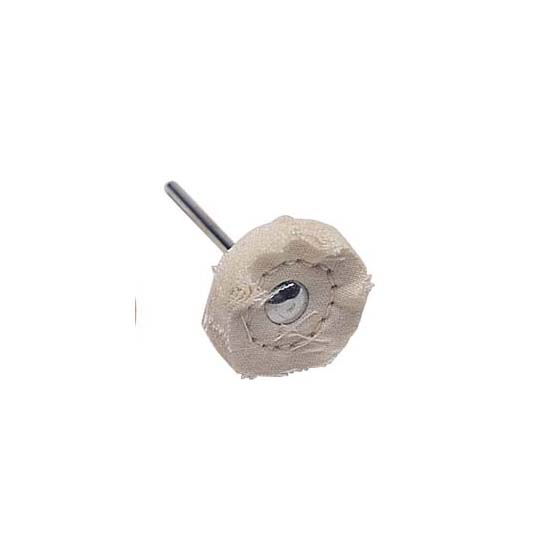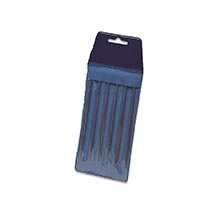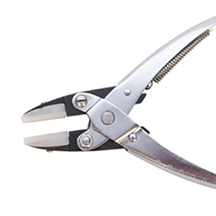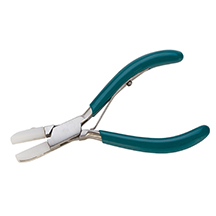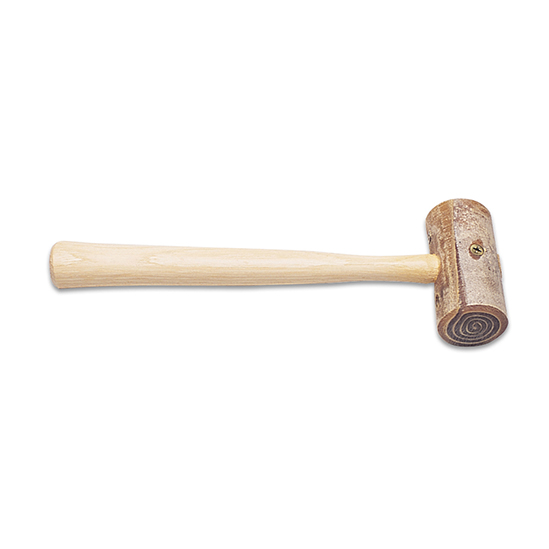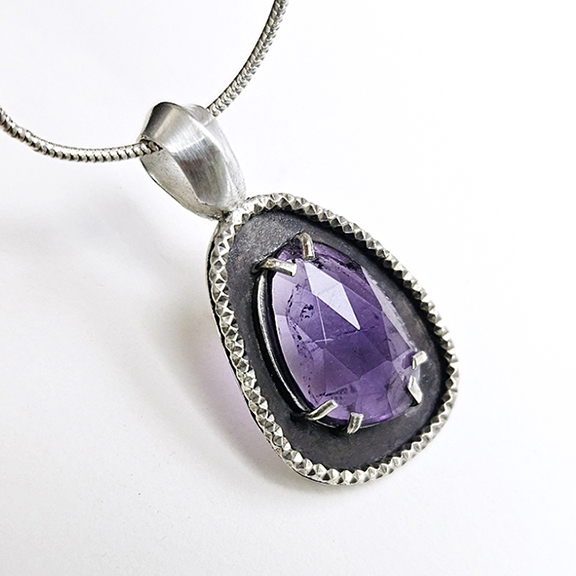
Framed Pendant
- Level
- Intermediate
- Session
- 4 hours
- Description
- There are many approaches to prong settings, this class will present yet another. Although I will show you a easier way to solder prongs, you will still need to steady hands and a good understanding of soldering silver.
Tools
Tools required to complete project.-
Bench Block
Steel or Anodized aluminum - Used as a hammering surface for metal stamping or working with metal. -
Bezel Pusher
Not a tool I usually use, but from time to time they are helpful. Before using, consider sanding the edges of the tool to create a bevelled edge to reduce marring and scratches. -
Brass brush
Used for cleaning or surface texturing on soft metals.
-
Cut Lube
Used to lubricate saw blades and drill bits for ease of cutting. -
Fine Tweezers
Used for moving small parts. Classes requiring fine tweezers will not work with fire tweezers. These are a cheap investment. Please be bring some. Optional for most classes. -
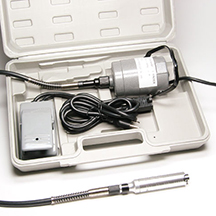
Flex shaft
Rotary tool used for polishing, drilling, finishing, etc. Flex shafts are available for purchase new and gently used at the class. Pleased contact the instructor if are interested in purchasing one at the class as quantities are limited. -
Hand Punch
1.25, 1.5, 1.8 mm. Used to make holes in metal. Please refer to class details for size needed. -
Hand Tools
Basic hand tools – Any quality is appropriate for my classes. These do not need to be high end or expense.
- Round nose - Typically it is preferred that the round nose be a fine tip. Especially for classes with detailed wire work.

- Chain/needle nose – Tapered jaws for general metal and wire work. Non-serrated are requested for all of my classes. Typically requested for classes to be used for opening and closing jump rings; in which case, 2 pairs are requested or a combination of chain nose and flat nose is suitable.

- Flat nose – Similar to chain nose but the jaws are not tapered. Non-serrated are requested for all of my classes.

- Round nose - Typically it is preferred that the round nose be a fine tip. Especially for classes with detailed wire work.
-
Heavy Duty Cutters
Although any heavy duty cutter will work, if they are flush, they will make your work a lot easier. Cutter should be able to cut through 10g wire. (Many cutters imprint their cutting capacity on the inside of the handle.) Keiba and Xuron are recommended. -
Helping Hand/Third Hand
Used to hold small parts in place while soldering. Instructor will provide to share for every class needed. -
Tool Hollow Scraper
Scrapers are used for smoothing cleaning and deburring metals. Different from a burnisher, a hollow scraper removes the metal. In most classes, this is an optional tool.
-
Jeweler’s Saw
Used for cutting sheet metal and metal tubes. Instructor will provide for every class needed. -
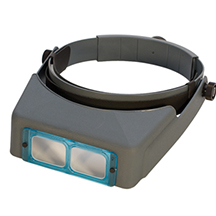
Magnifier or Optivisor
– For almost all classes this is listed as an “As Needed” tool. If you have sight challenges it is recommended that you are properly prepared. For advance stone setting classes this is required! If you decide to use reading glasses consider better than 2.5x.
-
Muslin buffing wheels
Used with a flex shaft or Dremel to polish metal. -
Needle File Set
Used for filing smaller pieces of metal and tight places. When required, either diamond coated or fine tooth is preferred. Some students may prefer to use smaller files as opposed to the student files for their projects. -
Nylon nose parallel pliers
– Parallel action provides even pressure while holding firm. I love using nylon parallel pliers to manipulate my metal. Parallel pliers were my favorite pliers until they made nylon nose parallel pliers. For almost all projects these pliers are optional. You may use regular nylon nose and parallel nylon nose interchangeably. -
Nylon nose pliers
Flat nose pliers with PVC grips o the heads. Mostly used for straightening wire. In my classes they are used to prevent marring when bending metal. Only required for some classes, but this is mostly an optional item. -
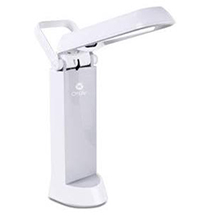
Ott Light or Task Lamp
This is optional item that is listed for every class. It is up to you to determine whether or not you will need to have one depending on your vision. -
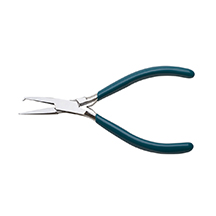
Prong Pliers
Angled jaw allows the user to bend the prongs, making setting jobs easier than with conventional pliers. -
Rawhide/Leather Mallet
Shape and flatten metal without marring it. #2 mallet is a standard size. Instructor will provide for every class needed. A yellow nylon mallet may be used in its place, however a rubber one may not.


